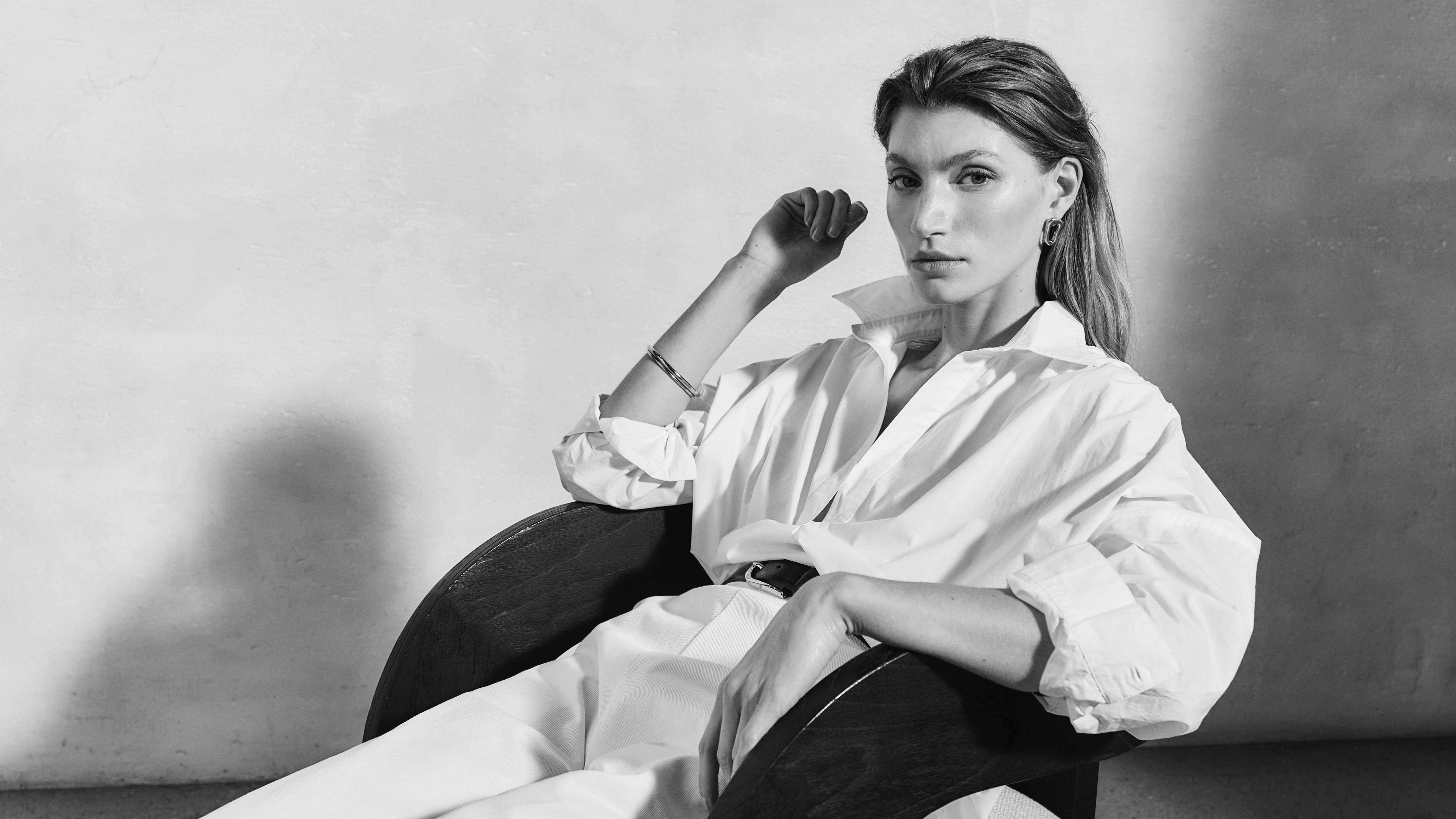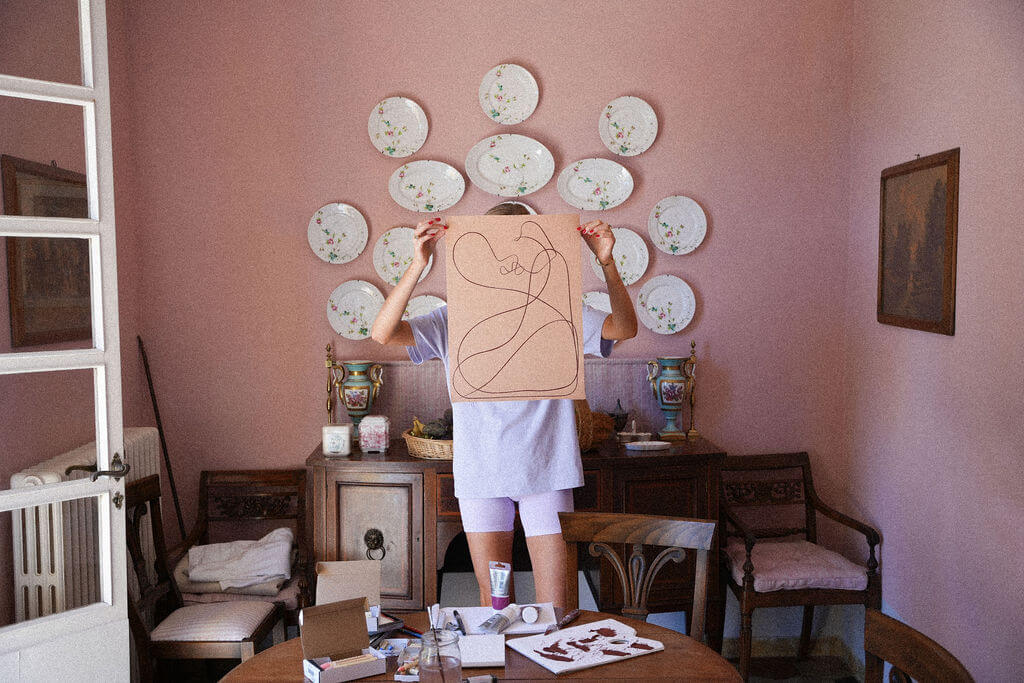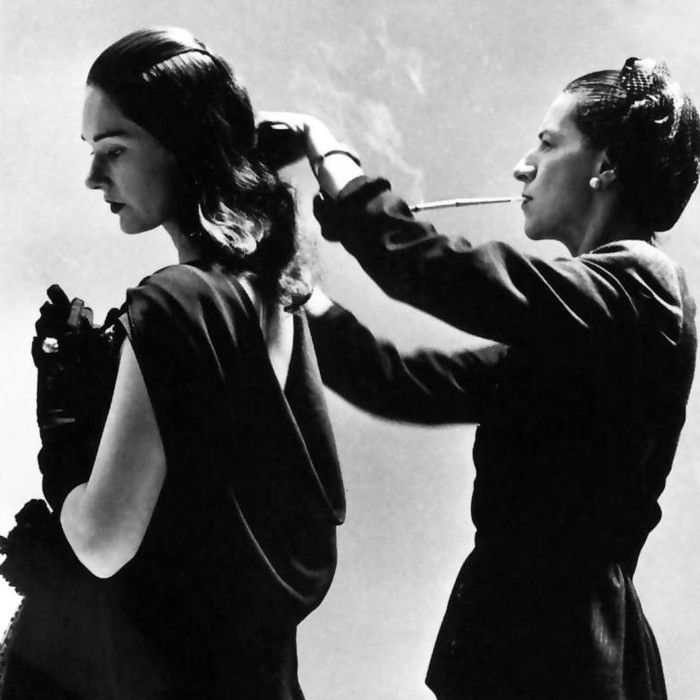MARRAKECH EXPRESS: TALITHA’S PLEASURE PALACE & OTHER STORIES
Everyone looks beautiful in Marrakech. So said model, actress and socialite Talitha Getty, and if Patrick Lichfield’s 1969 photographs are anything to go by – featuring the style icon and her husband John Paul Getty Jr., backdropped by the city’s skyline – she was right.
Vogue January 1970, Paul and Talitha Getty
The story of the love affair between Morocco and the Bohemians begins further north, in 1931. On the advice of Gertrude Stein, composer and writer Paul Bowles travelled to the ancient port city of Tangier, taking up temporary residence in a villa overlooking the Strait of Gibraltar, though it wasn’t until 1947 that he moved there permanently.
In the meantime, it was flamboyant English aristocrat the Hon. David Herbert around whom Tangier’s international set orbited. Thanks to an endless stream of lunch and dinner parties at The Pink House, his sprawling, hillside residence at Djamaa el Mokra, the second son of the 15th Earl of Pembroke earned the unofficial title of ‘Queen of Tangier’. ‘If you grow up and want to be an actor but cannot act,’ he wrote, ‘You must satisfy this passion by being permanently on stage in everyday life.’ With a ring on every finger, fez perched atop head, Mr. Herbert heeded his own advice, regaling hilarious stories of the Queen and the Queen Mother to guests who’d feast from 18th-century china bearing the Pembroke crest.
Pre-independence and (loosely) administered by a disparate Mixed Court of various European countries, it’s no wonder the extremely liberal Tangier International Zone – or ‘The Zone’, as it was colloquially known – captured the imaginations of bohemians, artists and sensualists. Amongst them were eminent American Beat writers, Allen Ginsberg, Jack Kerouac and, most notably, William Burroughs, who penned his novel Naked Lunch from Room 9 in Hotel El Muniria. As Truman Capote declared, ‘If you are someone escaping from the police, or merely someone escaping, then by all means come here.’ It was an invitation few could refuse.
Once Morocco reintegrated the city, many of Tangier’s expat hedonists transplanted to Marrakech to continue the party, and come the 1960s, the most in-demand party invites were issued by none other by Talitha and John Paul Jr. Getty - the city’s latest and most glamorous inhabitants. ‘[Talitha] arrived like a gust of wind, bringing a tornado with her,’ gushed Yves Saint Laurent’s partner Pierre Bergé in a 2016 interview with L’Officiel.
Talitha brought more than a tornado; she brought The Rolling Stones, Marianne Faithfull, Andy Warhol, Loulou de la Falaise, Ossie Clark, and a whole host of ‘entertainers, dancers, acrobats, storytellers, geomancers and magicians’ to the ‘Pleasure Palace’ (the Gettys’ home in the Medina), according to Diana Vreeland. The Vogue editor recounted: ‘A day that began with a picnic near a waterfall in the Atlas Mountains may end with dinner for a houseful of young Moroccan and European friends – artists, writers, musicians, tycoons and lilies of the field – by the light of candles wound with mint and pyramids of tuberoses.’
The Gettys purchased the Palais Du Zahir aka their Pleasure Palace for $10,000 in 1966, while on honeymoon. Together with Tennessee-born, Paris-educated interior designer Bill Willis, they set about creating a ‘house for the senses’, featuring marigold walls, brass tables, acid-green tiles and embroidered cushions in abundance – though never enough for the ever-maximalist Talitha. ‘We need a thousand more,’ she told Vogue.

Vogue January 1970 Talitha Getty in Palais Du Zahir
The magazine’s 1970 issue features some of the only photographs of the palace and its decadently bohemian owners, including that shot of Talitha and Paul on the rooftop terrace. In it, there is a bowl overflowing with impossibly perfect tangerines (perhaps a reference to the name Tangier’s expats gave themselves), a turquoise glass decanter, and a teal-piped, white sofa strewn with Talitha’s beloved cushions. Paul is wearing a caramel kaftan and Talitha is dressed almost entirely in white, save for a heavily patchworked coat, her eyes liberally kohled.

Vogue January 1970, Paul and Talitha Getty
Perhaps this is how Talitha looked when she first met Yves Saint Laurent, our final protagonist. ‘When I knew Talitha my vision completely changed,’ he once declared. Sure enough, when the French designer moved to Marrakech in 1966, his creations were transformed from black-and-white to glorious technicolour, a love letter to the vibrant city and its most fabulous resident.
In 1980, having spent their first month at the luxurious Mamounia hotel and the following years in a modest house in the Arabic quarter, Saint Laurent and his partner Pierre Bergé purchased the Jardin Majorelle and its accompanying Cubist villa. First conceived by French painter Jacques Majorelle, the walled, botanical gardens are filled with palms, flowers and cacti from all over the world.
If you’re planning a Talitha pilgrimage, we highly recommend you make the Jardin Majorelle your first stop; its luxurious two and a half acres are now open to exploration by visitors and Saint Laurent philes alike. While you’re on the Rue Yves St Laurent (as it is now called), pay a visit to the Berber museum, brimming with the designer’s personal collection of indigenous jewellery and clothing.
Arguably the most luxurious place to lay one’s head while in Marrakech is La Mamounia, Winston Churchill’s favourite hotel and a den of decadence for Saint Laurent et al. Its latest incarnation (after an extensive refurbishment) is velvet-swathed and crystal chandelier-bedecked, with lavish gardens, four restaurants, a hammam and its own ice cream parlour. Otherwise, a slightly more understated but nevertheless glamorous option is Little L’Hotel, Jasper Conran’s 19th-century riad.
If we were to recommend every excellent eatery in the city, you’d be reading too long to board a flight in 2022. Instead, we will supply one must-book restaurant for your list: Le Trou au Mur (open from September 2021). You’ll need ample time to find it (it’s hidden down a winding road in Marrakech’s old town), but behind its easily-missable door, a super-chic setting and delicious menu of reworked Moroccan classics await you. Head upstairs to the roof garden, sample the restaurant’s extensive martini list and tuck into the tagine du jour while taking in the views over the Medina. Apart from the modest number of cushions, we’re sure Talitha would approve.



